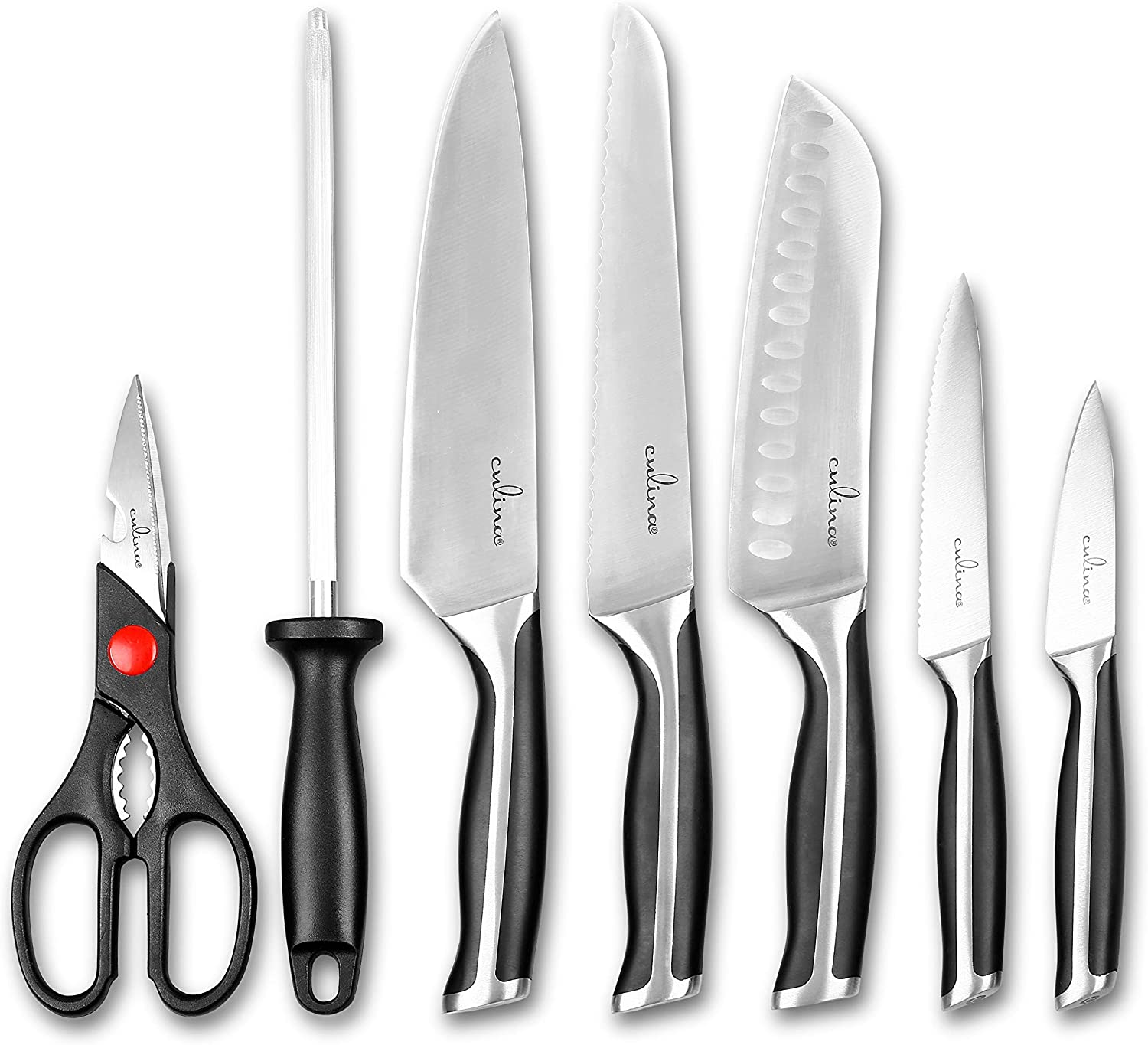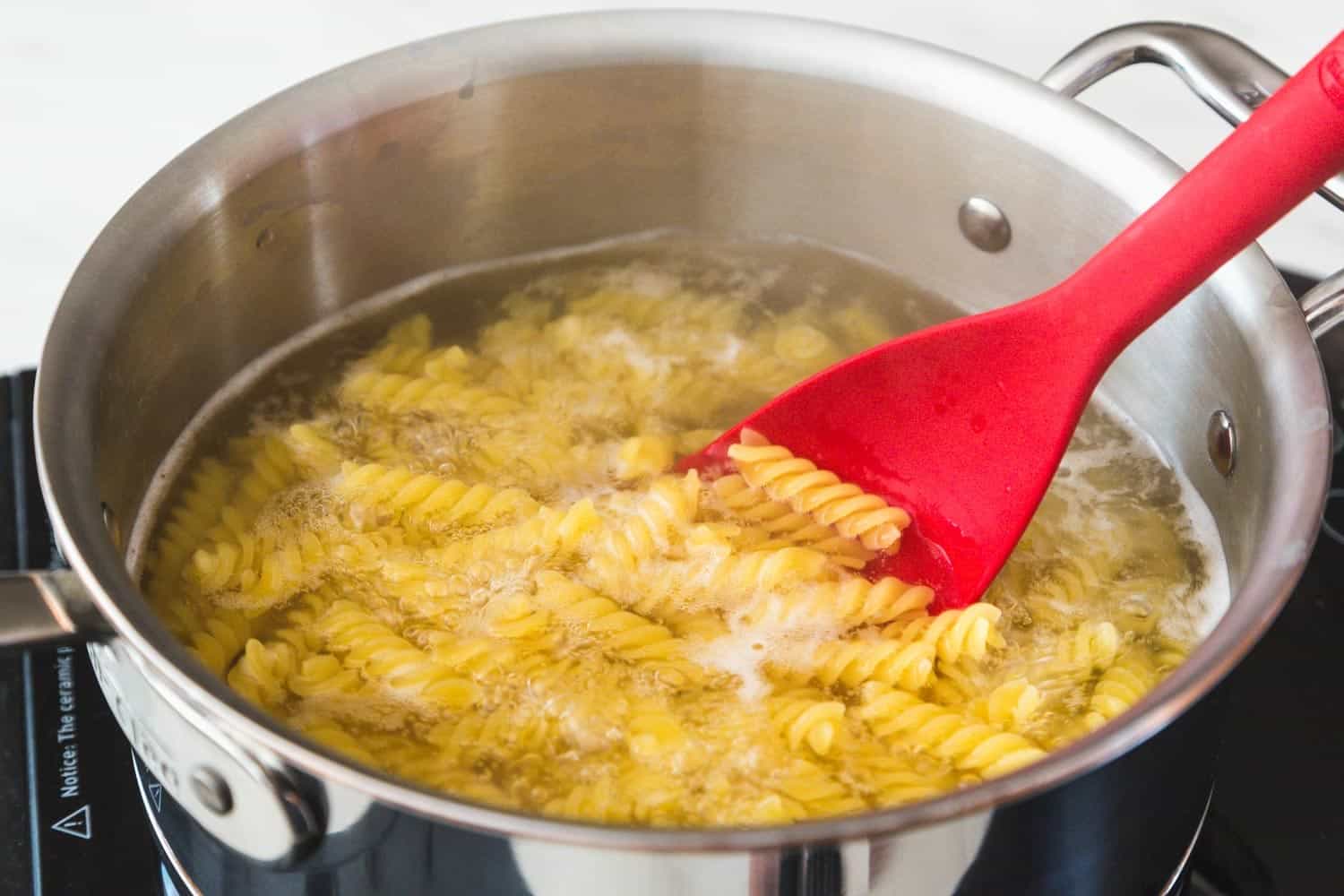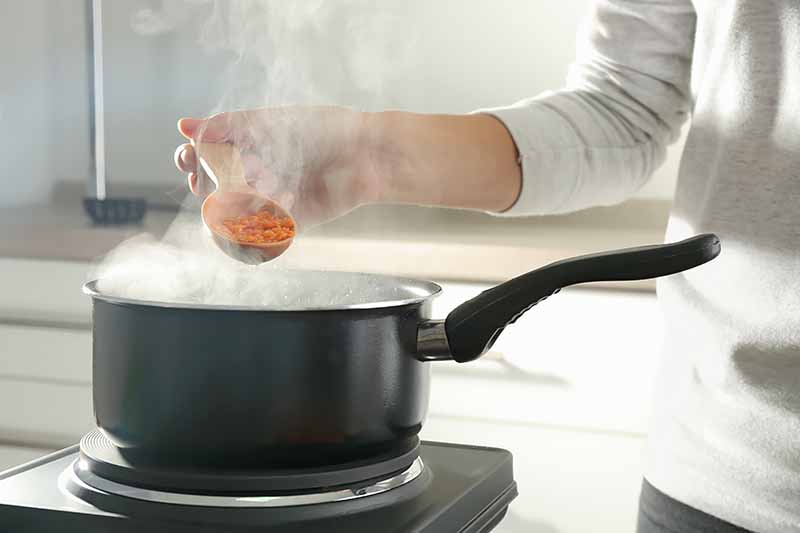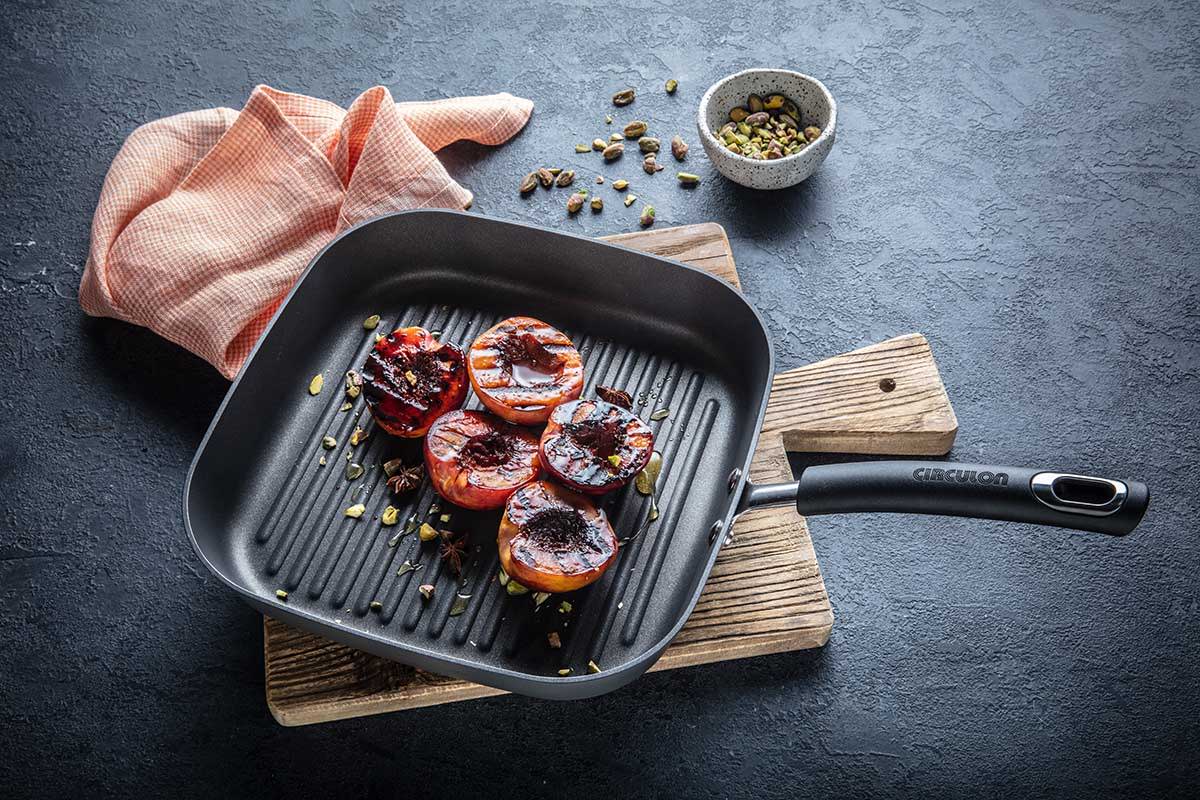In the culinary world, knowing the right tools for the job is paramount. Among these tools is the saucepan, a staple in every kitchen. But have you ever pondered, 'what is the smallest saucepan?' This article seeks to answer that question thoroughly, diving into various aspects including types, materials, and uses.
The smallest saucepan often measures around 1 to 2 quarts in capacity. Perfect for tasks that require minimal amounts of liquid, these compact cookers are ideal for sauces, reheating leftovers, or even boiling a single egg. In this article, we'll explore more about these diminutive kitchen heroes and their essential roles in professional settings.

Understanding the Size of Saucepans
When it comes to saucepans, size matters. Professional chefs need to understand the nuances between different sizes to execute their culinary plans effectively. The small saucepan is categorized by its volume, typically ranging from 1 to 2 quarts. This measurement makes it versatile for small batches of sauces or side dishes.

Types of Saucepans
Understanding the types of saucepans is crucial for kitchen professionals. Here are the most common:
1. Saucepan with a Lid
This type of saucepan is essential for simmering sauces and maintaining moisture. The lid helps in keeping the heat inside, allowing for even cooking.
2. Non-Stick Saucepan
Perfect for delicate foods that are prone to sticking, non-stick saucepans make cooking and cleaning a breeze. Find the best non-stick options here.
3. Stainless Steel Saucepan
This timeless option is durable and allows for excellent heat distribution. Its favored by professionals for its ability to sear meats and cook sauces evenly.
:max_bytes(150000):strip_icc()/sea-product-made-in-stainless-clad-2-quart-saucepan-ashlee-redger-31-b51748e5bf8946af8a7774abc34ddbf4.jpeg)
Benefits of Using Smaller Saucepans
Using a smaller saucepan offers several benefits that can enhance your cooking experience:
1. Energy Efficiency
Cooking smaller portions means using less energy, as the heat can be concentrated more effectively.
2. Convenience
Smaller pans are easier to handle, making them ideal for quick tasks such as melting butter or preparing small quantities of sauce.
3. Encourages Precise Cooking
When using a small saucepan, you are forced to pay attention to detail, resulting in better flavor profiles.

How to Choose the Right Small Saucepan
Choosing the right saucepan requires careful consideration:
1. Capacity
Ensure you understand your cooking needs; choose between 1-2 quart sizes based on your usual portion requirements.
2. Material
Consider the types of material that fit your cooking style. Stainless steel, non-stick, and cast iron all have their pros and cons.
3. Handle and Grip
Look for comfortable, heat-resistant grips. A well-designed handle can significantly ease the cooking process.
Common Uses for the Smallest Saucepans
Here are some common uses for the smallest saucepans:
1. Making Sauces
Small saucepans are perfect for creating rich sauces, from pasta sauces to gravies.
2. Reheating Soup
These pots are ideal for gently reheating soup or sauces without overcooking them.
3. Melting Chocolate or Butter
A small saucepan can be perfect for melting chocolate, ensuring it doesn't burn.
Care and Maintenance of Small Saucepans
Taking care of your saucepans extends their lifespan and keeps food tasting fresh.
1. Regular Cleaning
Clean your saucepan regularly to prevent residue buildup. For tips on cleaning burnt-on stains, check out this guide.
2. Proper Storage
Store your small saucepan in a manner that prevents scratching and damage. Consider using pan protectors.
3. Frequent Use Checks
Regularly check for any signs of wear or damage to ensure optimal performance.
Conclusion
In conclusion, asking, 'what is the smallest saucepan?' opens a gateway to understanding the essential kitchenware needed for fine cooking. Being informed about its size, types, and uses empowers kitchen professionals to make informed choices tailored to their culinary tasks.
Frequently Asked Questions
1. What is the standard measurement for a small saucepan?
The standard measurement usually lies between 1 to 2 quarts.
2. Can I use a small saucepan for frying?
It's generally not recommended since frying requires a larger volume of oil.
3. What materials are best for small saucepans?
The best materials include stainless steel for durability and non-stick for easy cooking.
As an Amazon Associate, I earn from qualifying purchases.





Leave a comment
This site is protected by hCaptcha and the hCaptcha Privacy Policy and Terms of Service apply.